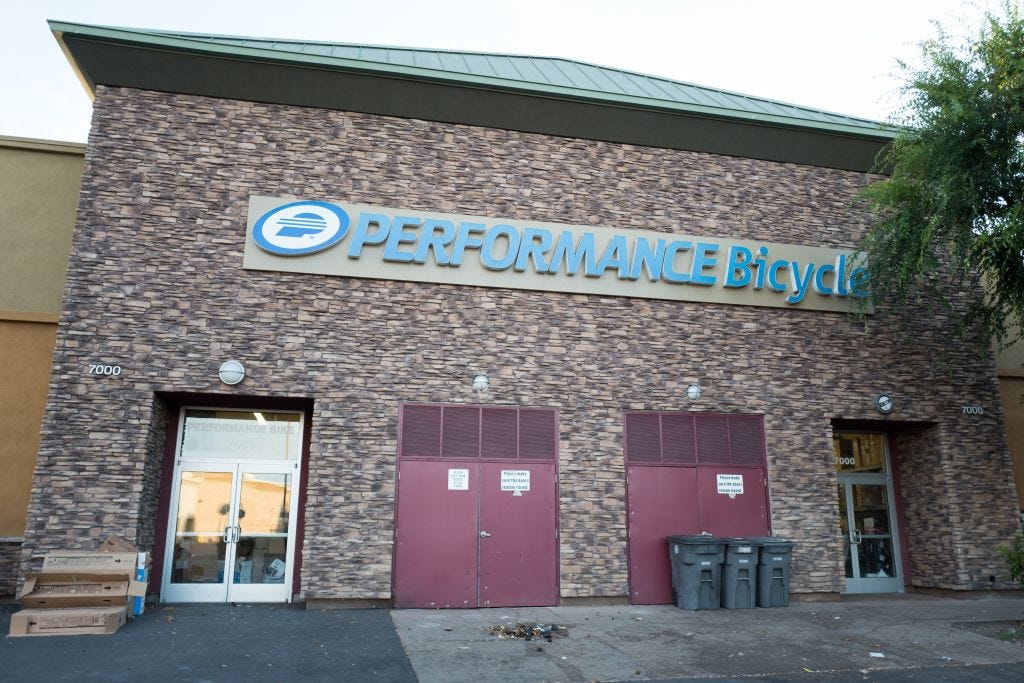Do you love to ride your bike but hate to shovel snow?
If you answered "yes", meet Rob Wotzak of Milford, Connecticut. He shares your passions and came up with a way to indulge one while making the other less onerous.
Although his pedaled tractor plow is new, the idea had been simmering in his mind for years. "I had a rusty old tractor plow sitting behind my barn," he said. Finally, two years ago, he "grabbed the plow and a pile of bike parts" and "started cutting and welding" his first prototype.
As the saying goes, the third time is the charm: The model he's using came after that first attempt and another. One of his motivations to create such a machine, he said, is that "legs are stronger than arms" but that using it is still a "workout."
Still, it looks like a good example of Yankee ingenuity to me!
If you answered "yes", meet Rob Wotzak of Milford, Connecticut. He shares your passions and came up with a way to indulge one while making the other less onerous.
Although his pedaled tractor plow is new, the idea had been simmering in his mind for years. "I had a rusty old tractor plow sitting behind my barn," he said. Finally, two years ago, he "grabbed the plow and a pile of bike parts" and "started cutting and welding" his first prototype.
As the saying goes, the third time is the charm: The model he's using came after that first attempt and another. One of his motivations to create such a machine, he said, is that "legs are stronger than arms" but that using it is still a "workout."
Still, it looks like a good example of Yankee ingenuity to me!









